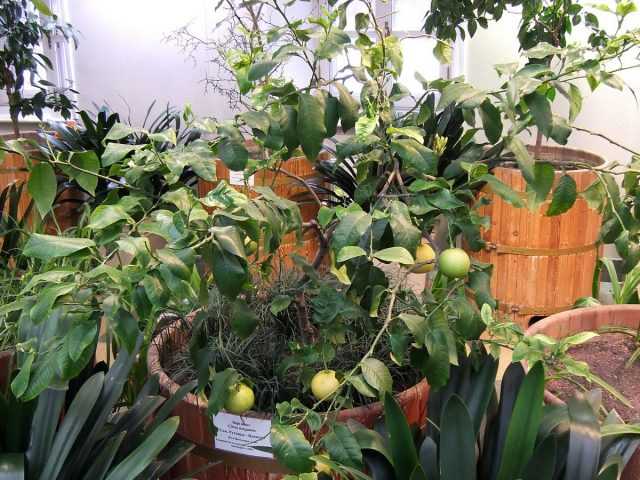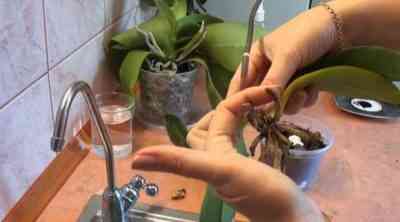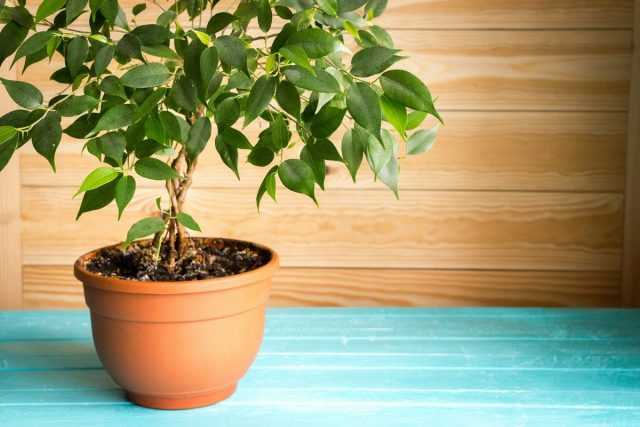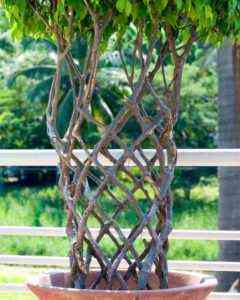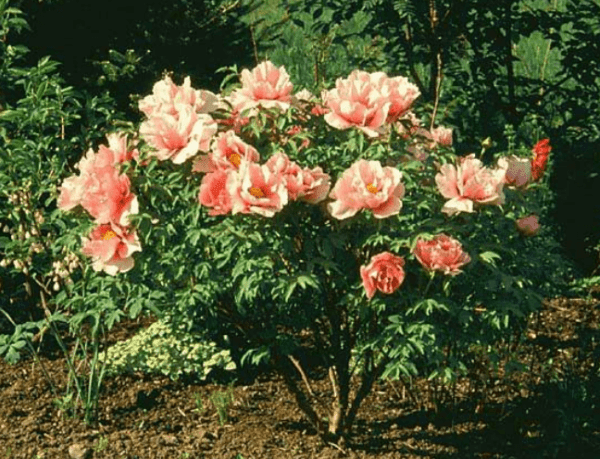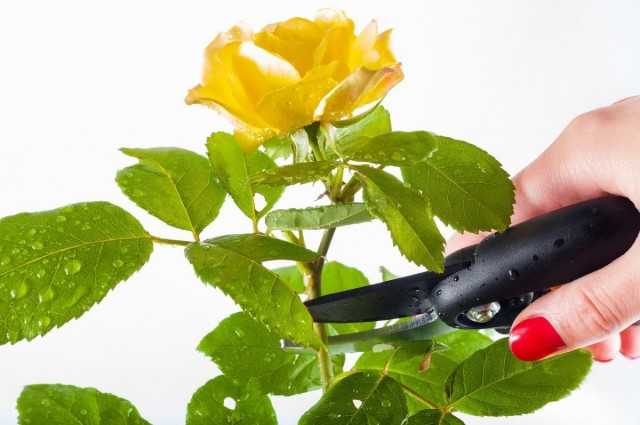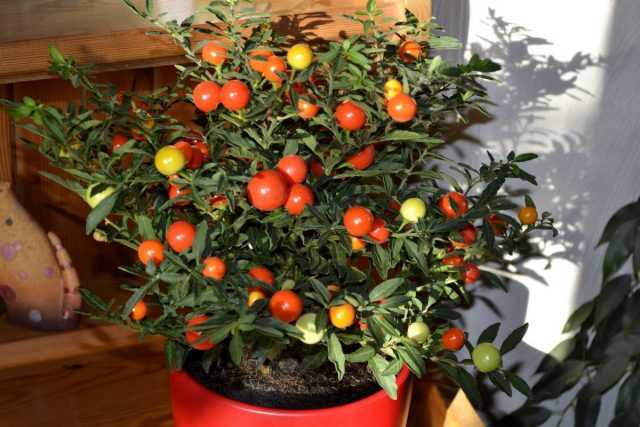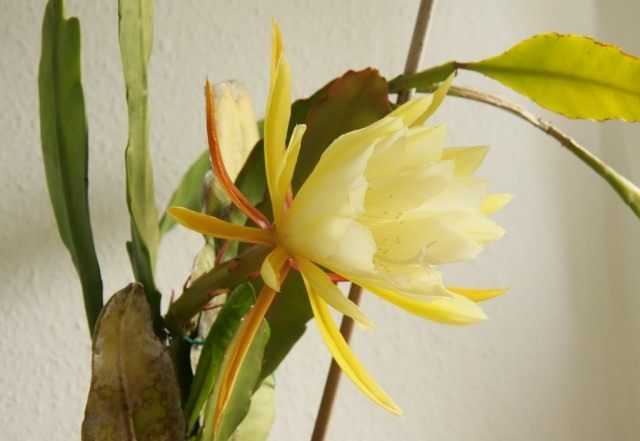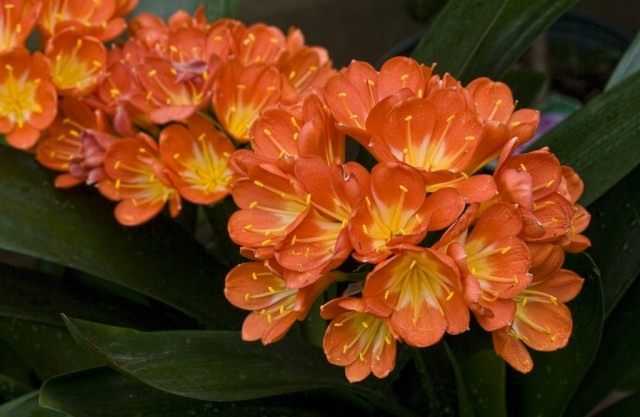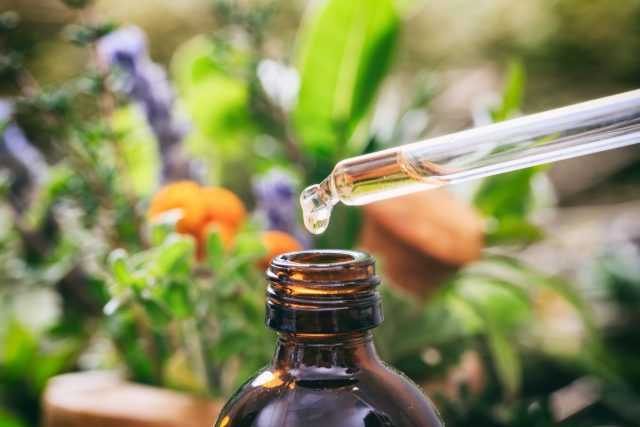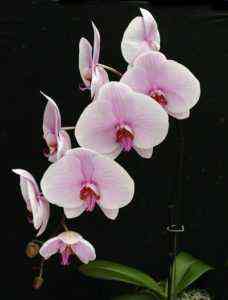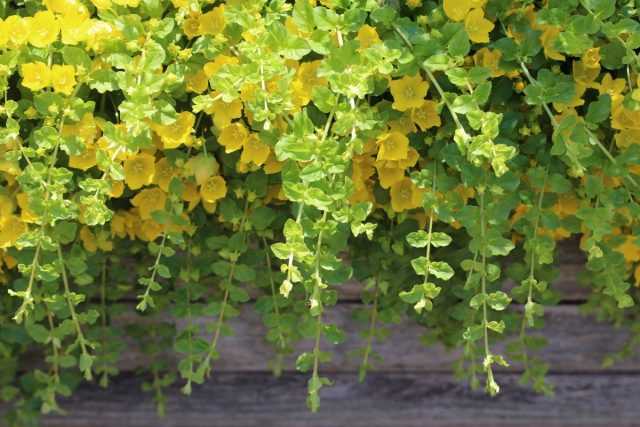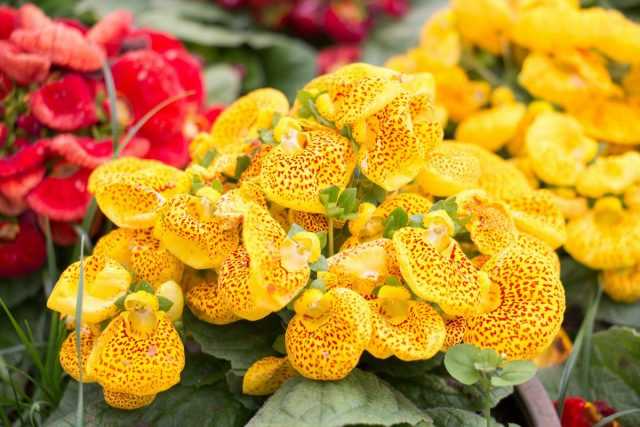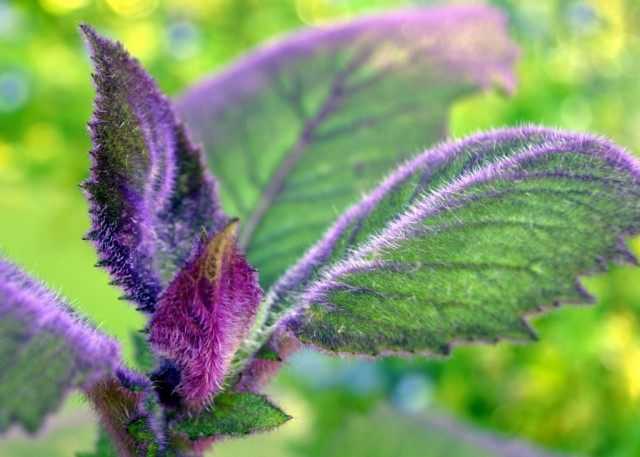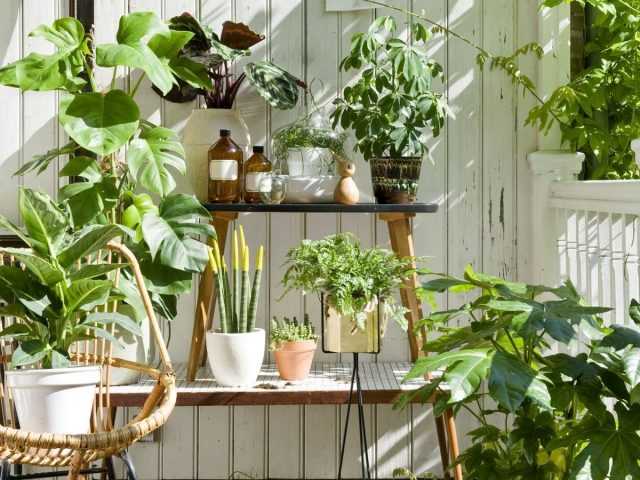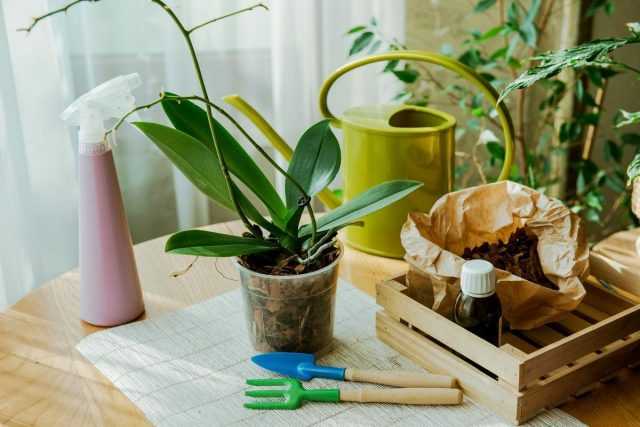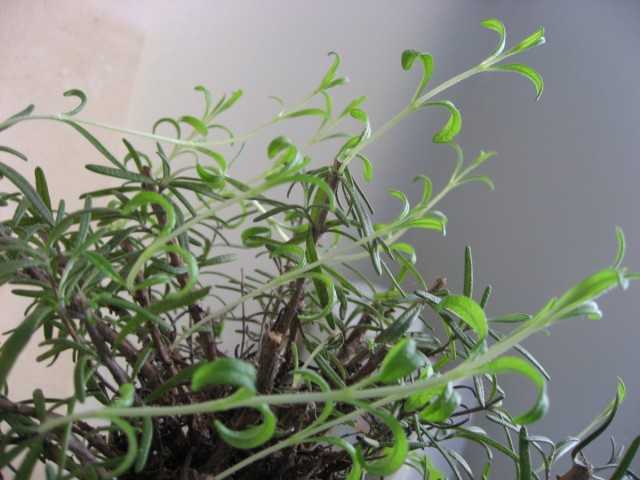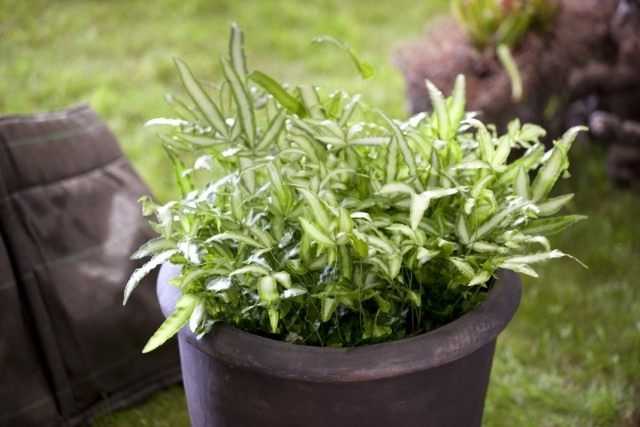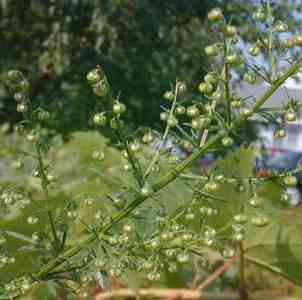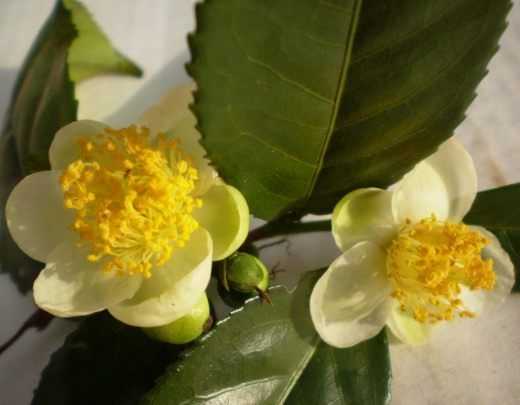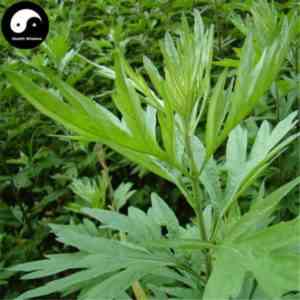The easily recognizable and original houseplants belong to the Bromeliad family. They are one of the leaders in home floriculture, not always unpretentious, but always extravagant. Outlandish colors of powerful hard leaves, unusual inflorescences and the status of a daring exotic are inherent in all bromeliad beauties. With one exception: about belonging to the same family with Guzmania, Echmea and Cryptantus comparatively modest Bilbergia drooping, or Bilbergia drooping (Billbergia nutans) – it’s hard to guess. This plant looks more like a cereal, but it has its trump cards. Modest Bilbergia with amazing grace has a harmonizing effect on the interior and, in terms of its care requirements, can rightfully be called an unpretentious plant.
Bilbergia drooping (Billbergia nutans)
Contents:
Bilbergia – pseudo-grain with colorful details
Bilbergia (Billbergia) – not quite an ordinary representative of the Bromeliad family. It is a herbaceous perennial, often developing in nature in the form of an epiphyte. The fact that it is related to other bromeliad houseplants can only be guessed upon close examination, when the dense texture of the leaves and the funnels in which they are collected becomes obvious.
Unlike most of its congeners, bilbergia has leaves that look like cereals or bulbous – long, narrow, with a pointed tip. The surface of the leaves is covered with small scales, they are provided with thorns along the edge, the plates themselves are leathery and tough. On sale you can find both variegated and monochromatic bilbergias. The leaves of the plant form a tubular rosette designed to accumulate moisture.
Bilbergia in height reaches a maximum of half a meter. But thanks to the wide bush, lush and spreading turf, the plant seems much larger. Actually, bilbergia does not grow quite like a sod: the mother plant forms hundreds of children, growing in a dense group and gradually filling the entire space of the container. Young rosettes are able to bloom in the third year. The mother’s rosette dies off shortly after flowering, constantly being replaced by new babies. The base plant has to be cut by hand so that it does not interfere with the development of new outlets.
Bilbergia inflorescences, which are not very attractive at first glance, are worth taking a closer look at. Drooping, touchingly hanging panicles of inflorescences along the edge of the lobes-spikelets are painted in a bluish-blue color, which makes the motley yellow-green-pink color even more original. And the entire inflorescence is effectively emphasized by bright pink-fuchsia bracts. The flowers of bilbergia are arranged in a spiral, as if twisting into a spikelet-tube.
The luxurious bloom of this bromeliad beauty lasts during the entire cold season – from October to the end of January. Due to the shifted flowering period, bilbergia looks great as an accent in autumn and winter interiors, breaking out to the fore and drawing attention from the brightest competitors with its touching originality.
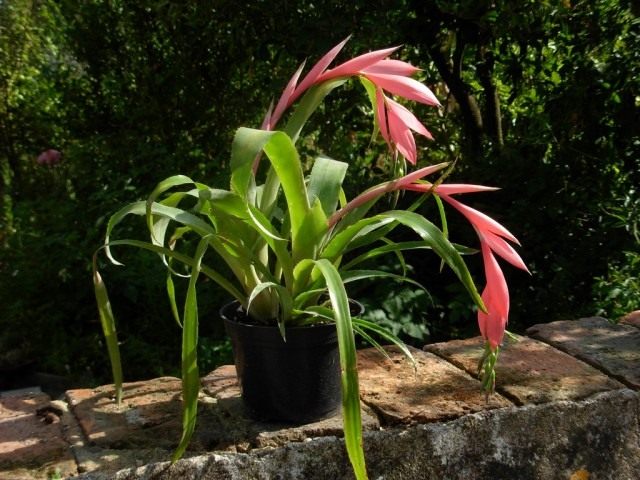
Bilbergia is often called the most devoted plant of the Bromeliad family. She really can become one of the easiest to grow green pets, because she will not only respond with gratitude to minimal care, but also forgive small mistakes. Bilbergia is a hardy culture that does not require a specific approach, perfect even for those flower growers whose work schedule does not allow them to devote much time to plants. Not to mention, it is one of the best crops for beginners.
Conditions required by bilbergia
The fact that this plant is capable of becoming one of the friendliest and easiest to grow is evidenced by its surprisingly pronounced adaptability to completely different growing conditions. Bilbergia can adapt to almost any conditions, comfortable for our stay.
The main trump card of Bilbergia is the ability to adapt to the poorest lighting conditions. This is one of the rare indoor plants that feel as good in the interior, in the depths of the rooms, as on the windowsills. And such abilities make it possible to use bilbergia for interior decoration, as a full-fledged accent in the design and decoration of living spaces. Only brightly lit areas with direct sunlight, especially midday, are not suitable for bilbergia. The most colorful blooms and beautiful shades of bilbergia leaves can be observed in light and semi-shady locations of any intensity.
This plant does not make special demands on air and substrate temperatures. Bilbergia will feel comfortable in any premises where the temperature does not drop below 12 degrees, both in summer and in winter. If you have the opportunity, then to stimulate flowering, the temperature can be reduced by 2-3 degrees compared to the usual conditions, but this measure is not necessary.
The ability of bilbergia to grow outdoors in the warm season is also important. As soon as the threat of night frosts disappears and the weather is stable, this beauty can be displayed in the garden or on the balconies. In the fresh air, bilbergia will actively grow and surprise with the beauty of greenery, and most importantly, it is precisely being in the open air that stimulates the accelerated flowering of young rosettes. But be sure to make sure that the plant pot will stand in a sheltered place, where it will not be threatened by strong winds and precipitation.
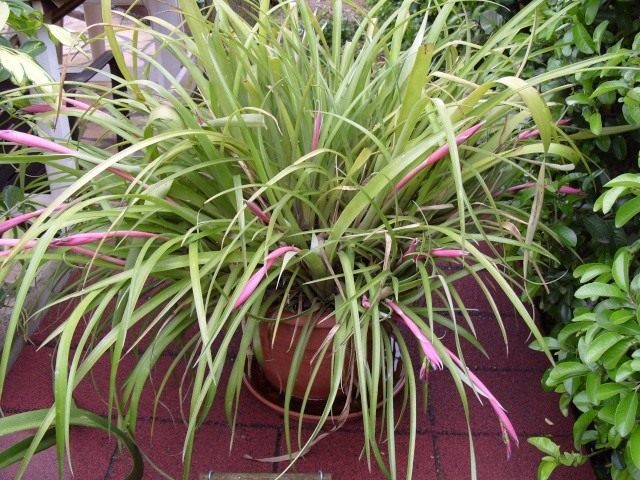
Irrigation mode and air humidity
In order for bilbergia to become one of the most attractive accents in the autumn and winter interior, it is enough to take care of maintaining a stable substrate moisture regime. This beauty prefers a medium-moist soil, without stagnant moisture, with drying out of the topsoil between waterings. It is easy to focus on the frequency of procedures: the upper 2-3 cm of soil in the pot should dry out before the next procedure.
Like other bromeliads, bilbergia can also be watered in the leaf funnel. But this approach is more risky. First, it is necessary to monitor the water level in the leaf funnel, which should never completely dry out. Secondly, it is strictly forbidden to carry out such watering if the plant is in cool conditions, as well as after the completion of flowering during the dormant stage. Therefore, pouring water into the funnel for this culture is better to replace with classic watering. Excess moisture from the pallets must be drained.
The winter watering regime is corrected in accordance with the reduction of light and a decrease in temperatures, the procedures are made more rare, and the moisture of the substrate is reduced. In the cold season, watering bilbergia more often than once a week is not recommended.
Bilbergia will respond to spraying with great gratitude. Other measures to increase air humidity can be omitted, but leaf spraying procedures can be brought up to several times a day in summer. Spraying becomes a mandatory measure when keeping bilbergia in temperatures above 23 degrees Celsius. During flowering, procedures can be replaced with the installation of pallets with wet expanded clay or moss.
Pay attention to the water that you will use to work with bilbergia. This indoor culture will only use soft water at the same temperature as the air around the plant.
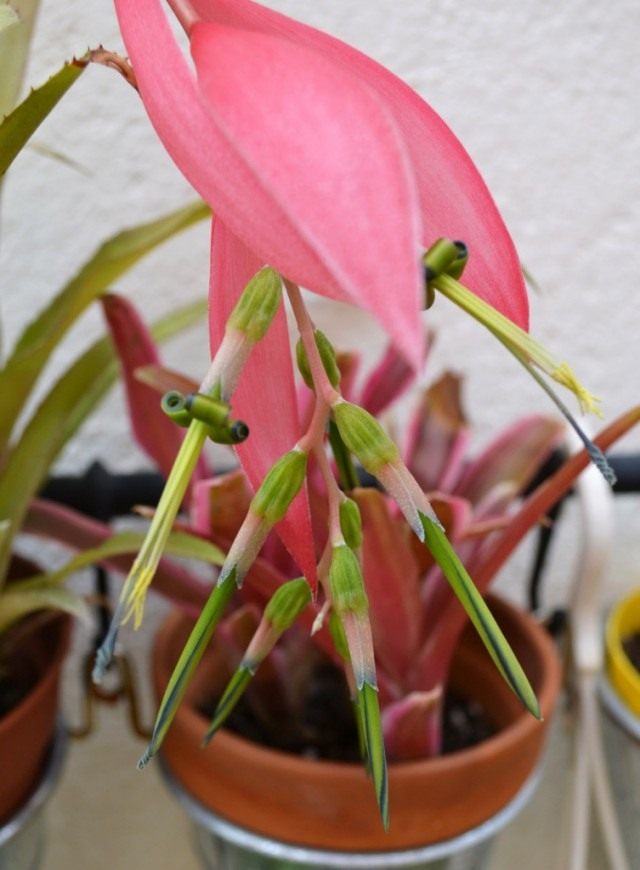
Top dressing of bilbergia
This plant needs fertilizers not only during the active growing season. Despite the fact that there is a pronounced dormant period in the development of bilbergia, it loves stable growing conditions and does not stop feeding the plant even in winter. True, from October to February, during flowering, fertilizers are applied very rarely – once every 1-5 weeks, but with a standard dose of fertilizer.
Top dressing in the warm season must be applied from the start of active growth to the end of flowering every 2 weeks. Bilbergia prefers feeding with special fertilizer mixtures intended for bromeliads or flowering houseplants (although the latter must be used in halved doses). An excess of nitrogen can cause the death of the plant, and it is strictly forbidden to use classical universal fertilizers.
Pruning bilbergia
The bromeliad beauty develops with constant replacement of faded rosettes, which are selected by young plants 1-2 months after flowering. Old rosettes must be cut by hand, 4-6 weeks after flowering ends. They will not only prevent the plant from retaining its attractiveness, but will also “inhibit” the growth of young children.
Substrate: for bilbergia, you need to choose a rather specific soil mixture – rough in texture, with a reduced proportion of sod soil. Pay attention to the pH values: they should be equal to 5.0 units. A mixture of high peat, leafy soil, river sand, moss and humus is suitable for this plant.
Transfer: not annual, but quite frequent (active growth requires timely separation and separation of children from the mother bush). There are no specific terms for the procedure: transplant together with separation as needed, as soon as there are too many children for this container, the roots will begin to crawl out of the drainage hole at any time convenient for you during the active growth period (from March to August, but not later).
Bilbergia containers: due to the fact that this plant actively forms young rosettes and grows, only large vessels can be selected. But they should be wide and not too deep. In addition to containers, bilbergia can be grown on tree bark or snags (according to the principle of other epiphytes and orchids), but only if the plant was initially accustomed to such conditions and you purchased it on the bark.
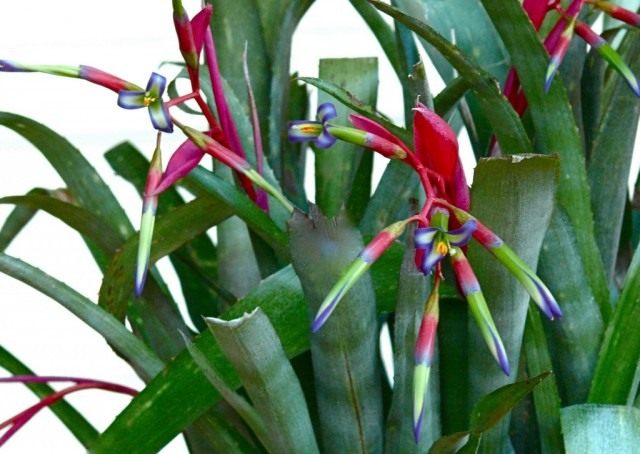
Diseases and pests of bilbergia
- Shield;
- Thrips;
- Mealybugs;
- Spider mites.
Since bilbergia is often sick, the plant should be inspected every week, paying attention to the back of the leaves. Pests can be dealt with only by combined methods: removing insects with soap solutions and parallel treatment with insecticides.
Common problems in the cultivation of bilbergia
- Collapse of outlets in poor lighting conditions;
- Gradual dying off of the outlet at the end of flowering for natural reasons and without flowering when the substrate is waterlogged;
- The appearance of brown spots on the leaves when the light is too intense;
- Drying of leaf tips when using hard water or stagnant water in a leaf funnel.
Bilbergia breeding methods
Delenki
If you want to get adult and large plants that are attractive and look great without a long wait, during transplanting it is not worth separating individual children, but simply dividing the bushes-groups into two or three parts. Large cuttings will take root faster, will actively grow and in fact will bloom as abundantly as the undivided mother plant before transplantation.
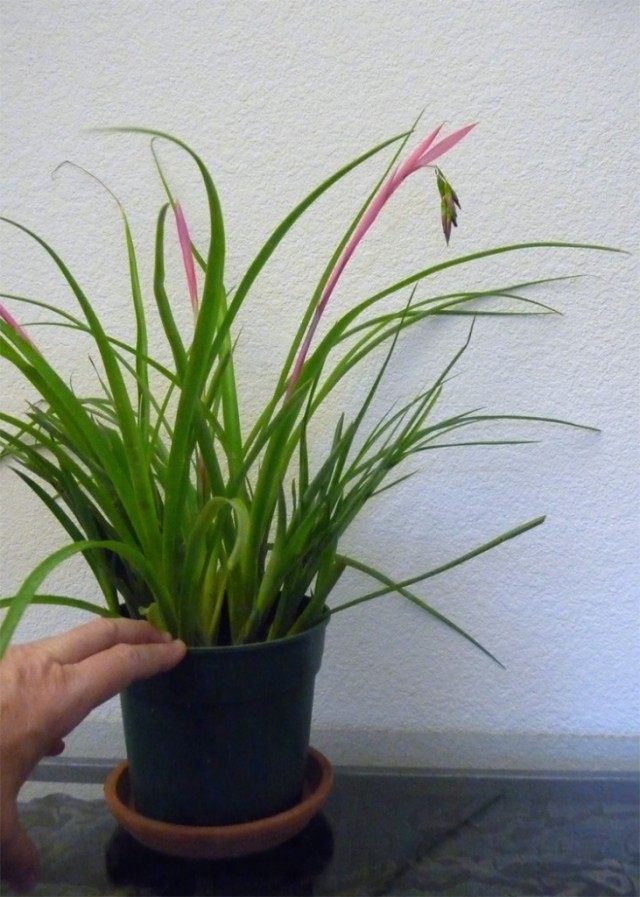
Children who are formed in astonishing amounts
This plant is very easy to propagate, because planting material can be obtained with each transplant. Individual plants adapt worse than cuttings, the process of achieving maximum decorativeness takes longer, but individual “rosettes” can become a luxurious plant after a few years. Children need to be carefully broken out, while plants that have not grown to a level of 20 cm or higher cannot be separated.
Bilbergia slices must be sprinkled with crushed coal and dried. Rooting children will require bottom heating, an air temperature of at least 20 degrees and cover with a film or cap.

